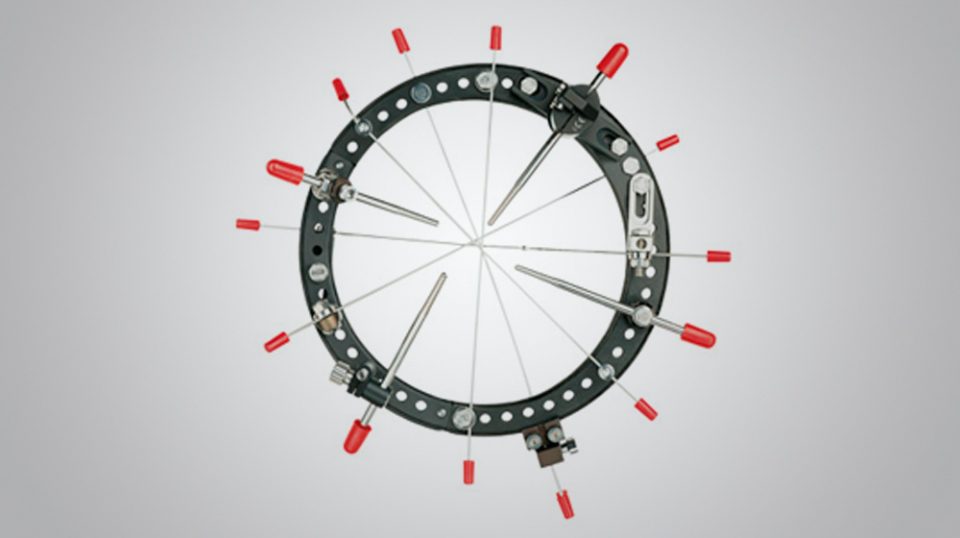Physician Benefits
- Lightweight, radiolucent carbon fiber construction
- Central slots allow multiple levels of wire fixation at higher tension
- Circumferential grooves allow versatile wire placement
- Two-thirds and one-third rings which may be joined as a full ring set to protect soft tissue, or allow wire placement at a wider angle
- High strength construction with reinforced anterior section to support wire tension

